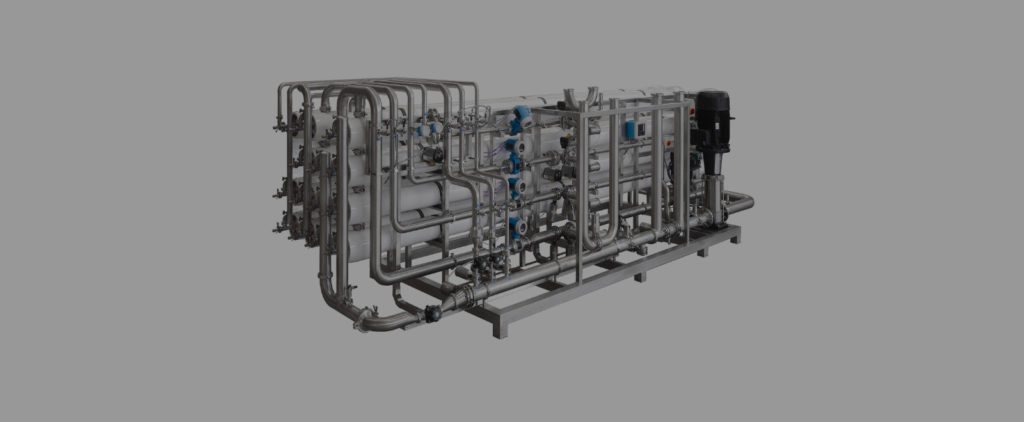

Evangelos Trogadis - ICE WATER Management
Quality Director
Cleaning-In-Place* represents a significant cost for industries which require high levels of hygiene like dairy, beverage, brewing through water, energy, and chemical products’ use as well as the interruption of production lines. Optimizing these mandatory and standardized operations is essential. This is the era of the digital factory 4.0 and data can definitely come to the rescue.
It is for this reason that the French manufacturer of industrial water treatment machines, ICE Water Management, decided to equip its CIP units with InUse technology to “make machines talk”: “CIPs are rarely challenged as they are mandatory and subject to strict standards. Everyone just applies the current protocol, without asking too many questions. In 2018, however, we had the hunch that significant gains were within reach at our customers facilities and available if we wanted to seriously consider the potential operational reality of CIP.
We had to find a digital solution, not only to collect the data sent by PLCs (note: see box), but especially to use it efficiently. That’s why we partnered with InUse” said Evangelos Trogadis, ICE Water-Management’s Quality Director, whose CIP units today send all their data to the cloud and then to a dedicated application. Called ICE-Connect, and operated jointly by ICE Water-Management and its customers, this application guides and advises operators in real time during all CIP stages through alerts in case of deviation, suggestions for actions, automated reports and more.
“Returns obtained exceeded the 15% in terms of savings, and 10% line availability”
Initially, ICE Water-Management hoped mainly to reduce the huge frequency of CIP events, whilst also respecting the standards. The objectives were to reduce the consumption of products used, free up time for the teams involved, and moreover to increase the operational efficiency of customers’ bottling lines. CIP events can easily consume 1 / 7th of the production time. Results quickly exceeded expectations: “The data showed that it was also possible to reduce the amount of time spent on CIP events, and often to reduce water temperatures, as well as the amount of chemicals used without degrading the quality.
We discovered the impact of being well-organized, or rather the consequences of not being well-organized. Some CIP events lasted much longer than expected (20% or even 40% more), usually due to lack of anticipation or human error. The greatest lesson learned was staring us in the face: operators must be trained better!” explained Evangelos Trogadis. In the end, the returns obtained thanks to the application exceeded the 15% in terms of savings (water, energy, chemicals), and 10% line availability. The ROI was reached in a few months.
“The future of product quality and continuous process improvement requires digitalization”
Implementation is rather rapid because ICE Water-Management has previously integrated its expertise in CIPs into its machines through knowledge digitalization. With several successful installations, the manufacturer is seriously considering extending the system to other machines in its range: “We are actively working to connect our reverse osmosis units (desalination) and our ultrafiltration units, because this equipment consumes too much energy and chemicals. The same goes for our remineralization units, which must produce safe drinking water “ mentioned Evangelos Trogadis. He concluded with: “The future of product quality and continuous process improvement requires digitalization.”
Cleaning-In-Place*: Equipment cleaning process (machines, pipes, and silos) widely used in the food & beverage industry
Related News
